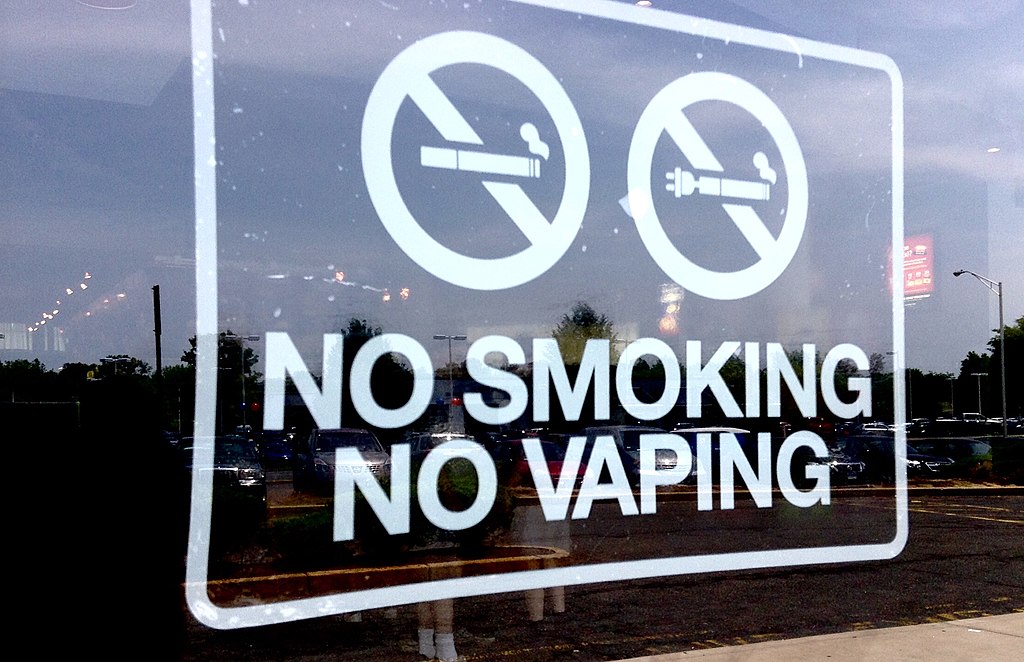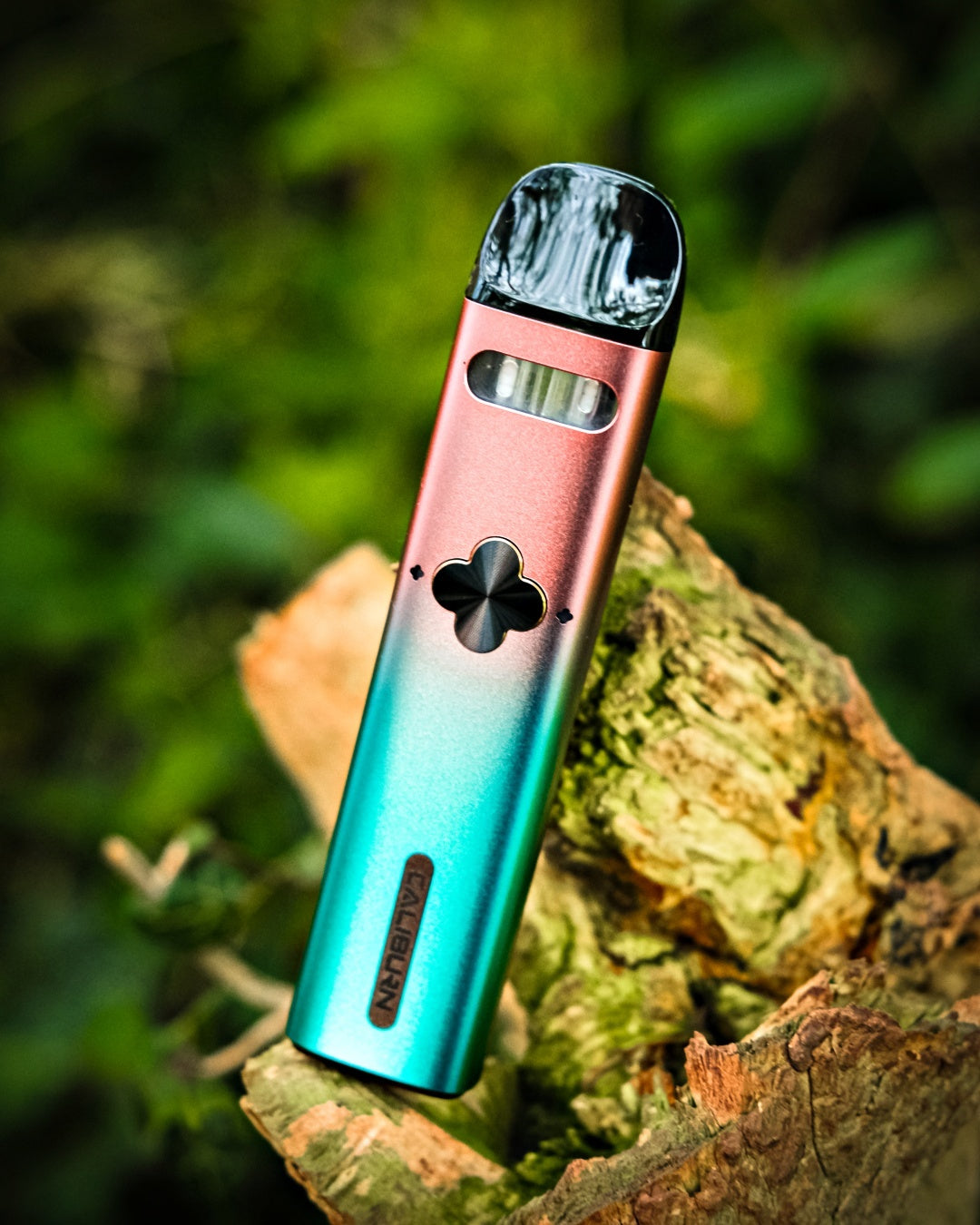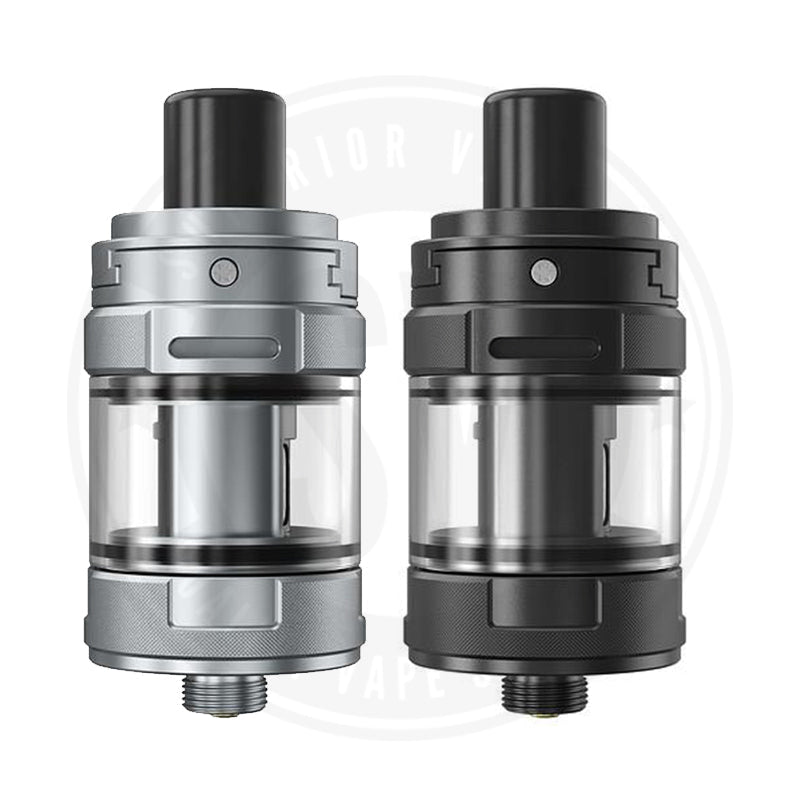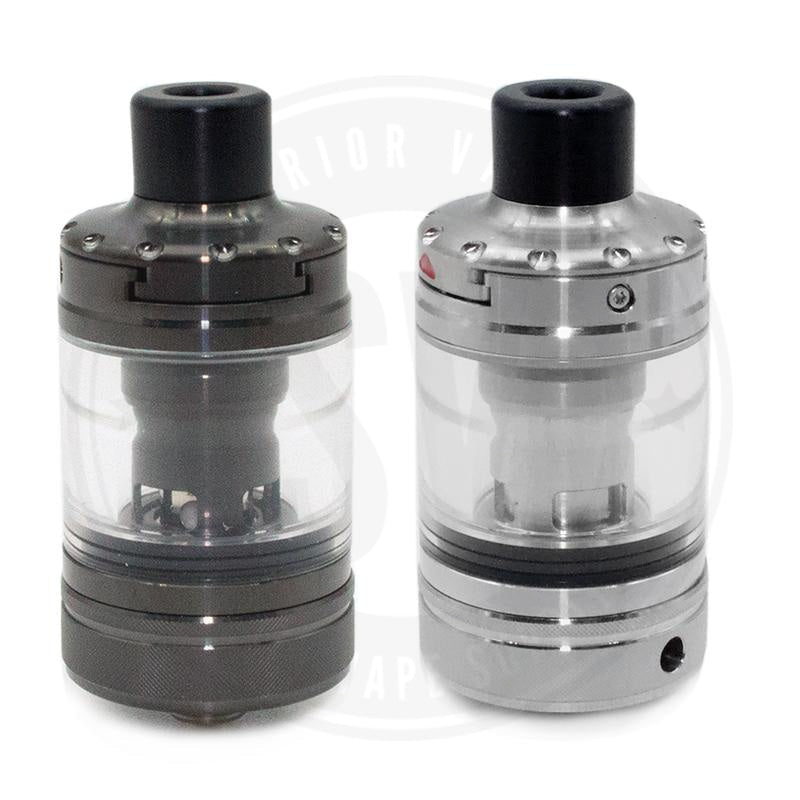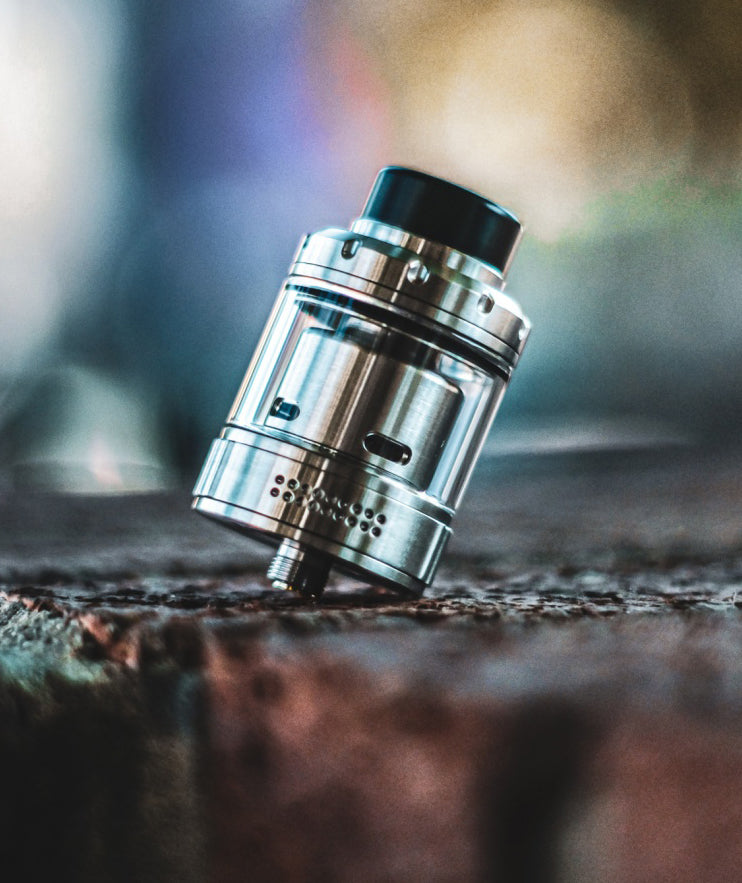Whether you’re looking to travel or merely interested in the state of global vaping, it’s good to stay updated on the vaping laws around the world. This article will briefly go over important regulations regarding the use, sale, and advertising of vaping in several major countries.
UK
The UK is arguably the most liberal country in the world when it comes to vaping laws. E-cigarettes are legal to be used, sold, and advertised, with notable restrictions:
- It is illegal to sell e-cigarettes or e-liquids to minors
- The maximum amount of nicotine in a liquid that can be sold is 20mg/ml, with bottles restricted to having only 10ml
- Atomizers are restricted to a 2ml capacity
- All e-cigarettes and e-liquids must be registered with MHRA before they can be sold
- E-cigarettes cannot be promoted as being healthy but can be marketed as being safer than smoking tobacco
Vaping also enjoys support from the government as a smoking cessation option. The number of vapers in the UK has grown from 700,000 in 2012 to 3 million as of 2018. Of that 3 million, 1.5 million have completely quit smoking.
There are 7.2 million adults who smoke as of 2018, equating to 14.7% of adults in the UK. This marks a more than 5% decrease since 2011.

USA
On a federal level, the sale and use of e-cigarettes are legal in the US. E-cigarettes and e-liquids are regulated by the FDA, classifying them as tobacco products. Regulations vary from state to state, and there are even city-specific policies.
The following are the major federal restrictions:
- Minors are banned from accessing e-cigarettes
- A photo ID is required to buy e-cigarettes
- E-liquid products cannot have branding that resembles food, candy, or beverage items
- Flavoured tobacco products can only be sold in adult-only stores and online vendors, except for mint or menthol e-cigarettes
There are an estimated 34.3 million adults who smoke in the US as of 2017. The percentage of adults who smoke has dropped from 20.9% in 2005 to 14% in 2017. As of 2018, there are 10.8 million adults who vape, with 30.4% had quit smoking cigarettes.
Canada
It is legal to use, sell, and advertise e-cigarettes and e-liquids in Canada. Most vaping regulations follow the Tobacco and Vaping Products Act (TVPA) enacted on May 23, 2018. It was only as recent as then that vaping products with nicotine became legal in the country.
Other significant federal regulations include:
- Minors cannot be sold or given vaping products
- Vaping products cannot be advertised as appealing to youths nor can they be promoted as healthy
- Vaping products that claim to help quit smoking, including those with nicotine, must be authorised by Health Canada before they can be advertised, sold, and commercially imported
Health Canada supports vaping as a less harmful alternative to smoking. There are 4.6 million Canadians who smoke as of 2017. The percentage of smokers in the population actually rose from 13% in 2015 to 15.1%. This increase could very well be why the Canadian government has moved in favour of vaping.

Australia
Vaping in Australia is legal, as long as there is no nicotine in the e-liquid that’s being vaped. Nicotine is considered a poison in the country, with the only exceptions being nicotine used in therapies and in cigarettes. E-liquids containing nicotine are therefore banned for sale and use.
More important regulations include:
- The sale of e-cigarettes requires registration with the Therapeutic Goods Administration before being sold
- Most Australian states ban the promotion, as well as the public and in-store advertising, of e-cigarettes
- Vaping is not allowed in smoke-free areas
Smoking prevalence in Australia has largely decreased from 18.9% of the adult population in 2007-08 to 13.8% in 2017-18. However, this national reduction has slowed significantly with the previous survey year showing a 14.5% smoking prevalence in adults. Harsh vaping bans can only slow this down even more, as smokers have one less effective alternative to tobacco use reduction.

France
The sale and use of e-cigarettes are legal in France. The nation is looking to become a prime market for vaping too, as an economic study predicts the local industry could be worth 500 million euros by 2020.
Only a handful of regulations are worth noting:
- E-cigarettes and e-liquids cannot be sold to minors
- E-cigarettes cannot be advertised
- E-cigarettes cannot be used on public transport, enclosed workplaces, and areas with minors
From 2016 to 2017, one million daily smokers quit their habit, reducing the country’s smoking rate from 29.4% to 26.9%. This is a marked improvement from the 29.9% to 34.1% increase in the smoking rate from 2005 to 2014. A good portion of the French people attribute this decline to e-cigarette use.

Germany
Regulations for vaping in Germany are lax. E-cigarettes and e-liquids can be legally sold and used. Devices and juices have no excise tax. Cross-border sales and transport aren’t prohibited, while retailers of nicotine-containing e-cigs only need to be registered.
There are a few important restrictions:
- E-cigarettes cannot be sold to minors
- E-cigarettes cannot be advertised on the radio, TV, and internet, but they can be advertised on billboards
- E-cigarettes and e-liquids must come with a leaflet detailing health risks and instructions
The smoking rate in Germany is at 25% as of 2017, according to a survey of selected EU countries. This is an improvement over the 2013 rate of 29.7%. For comparison, the number of vapers in the country is estimated to be around 2 million, with most e-cigarette users being ex-smokers. The local market is also expected to be worth over 756 million euros by 2023.
China
As the birthplace of the modern e-cigarette and home to 95% of the world’s vape product manufacturers, China allows the sale, use, and advertising of e-cigarettes and e-liquids. There are currently only notices for banning that aren’t legally binding, one being the sale of e-cigs to minors. However, there are recent calls from tobacco regulators for the government to regulate e-cigarettes and ban their use in public.
Smoking is highly prevalent in China, with over 300 million smokers, amounting to almost a third of the world’s total. In contrast, the vaping market is tiny. However, it is growing rapidly, having increased its market size from less than 1 billion yuan in 2013 to 4 billion yuan in 2017.
With very little vaping regulation, the potential for growth is astronomical in this country of 1.37 billion people.

Japan
Non-nicotine e-cigarettes can be used and sold legally in Japan, even to minors, as there are no regulations for such items. However, e-cigarette products that contain nicotine are considered medicinal products, and there are no vape devices with nicotine that have been approved for sale.
The smoking rate in Japan has been on a consistent decline since 1966, dropping even faster in recent times. As of 2018, 18.2% of the total population smoke.
Because of the strict regulations for vaping with nicotine, the total number of vapers in the country is relatively small with no concrete figures. The vaping industry did generate over £3.6 million in 2016, which is five times the amount it made in 2015.
India
There are no nationwide regulations for the use and sale of e-cigarettes. However, vape products in India are classified as drugs, and there are no e-cigarettes that have been officially approved for sale.
Government bodies are also pushing to prohibit the sale, manufacture, import, and distribution of such products. There is opposition from the trade ministry to banning the import of e-cigarettes, saying there is no legal basis for such an act.
There are about 130 million Indian smokers aged 15 and older. This amounts to 12% of the world’s total. 14% of the adult population are considered current tobacco smokers. The number of vapers is minuscule in comparison, adding up to about 260,000.

A Long Way To Go
Global vaping acceptance still has a way to go, as some of the biggest countries regulate or are looking to regulate vaping like smoking tobacco. The need for more long-term research on vaping’s effects on health is becoming more necessary to make vaping more appealing to lawmakers, especially with the industry maturing 10 years in.
